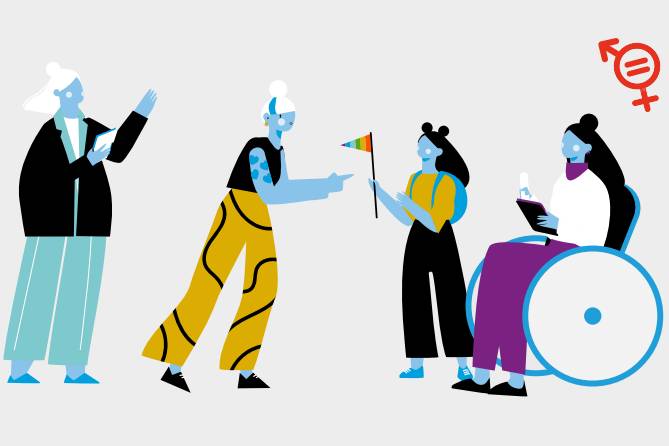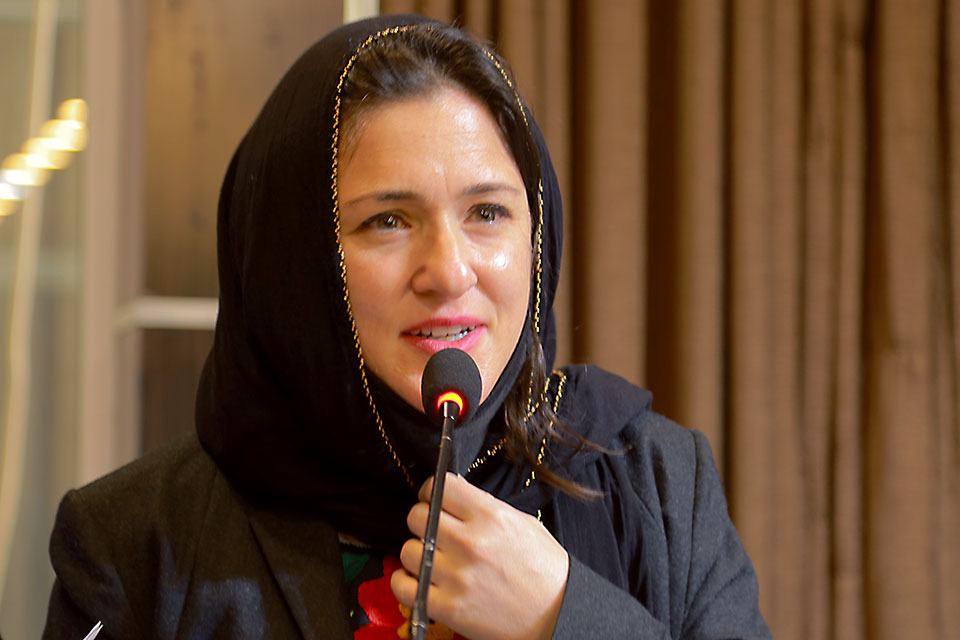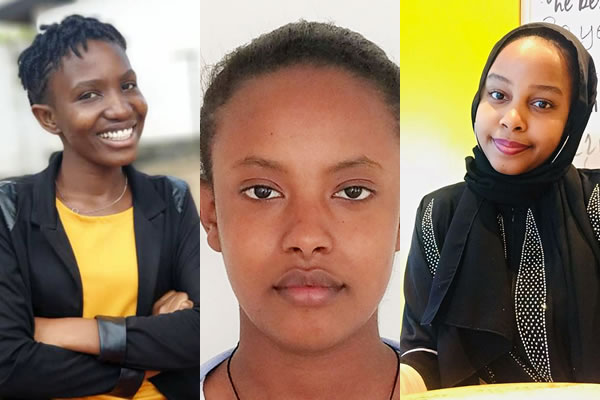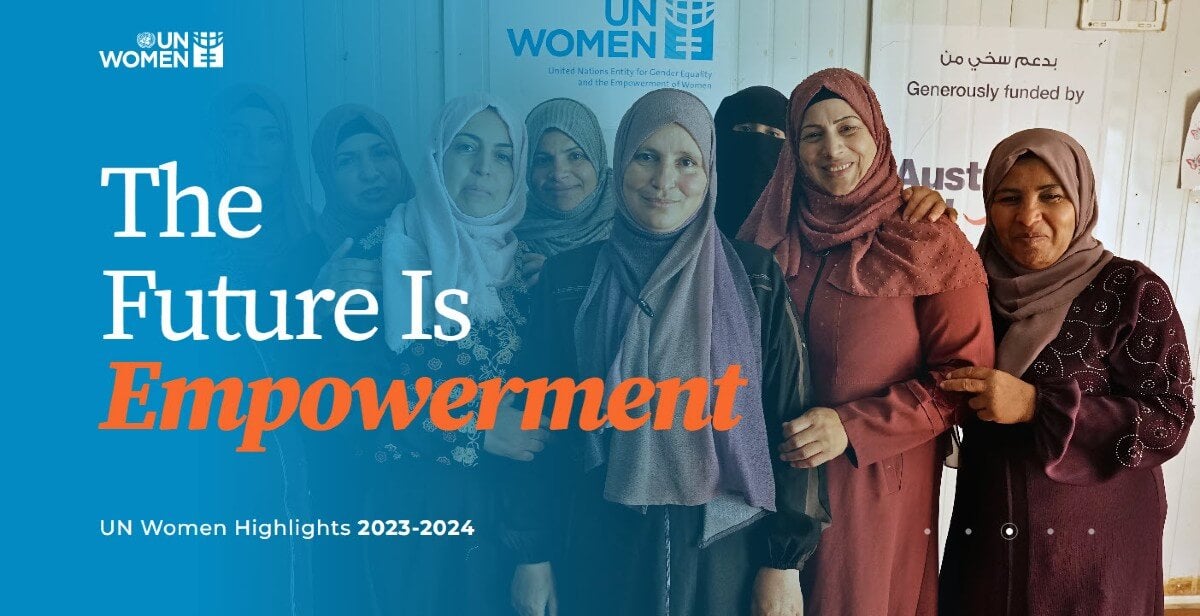Five ways to ensure women with disabilities lead the push to end gender-based discrimination and violence
About 16 per cent of the world’s population are estimated to be living with a disability, including more than 700 million women and girls.
Progress has been made since the Beijing Declaration and Platform for Action, passed in 1995 at the Fourth World Conference on Women, which raised concerns of the unique challenges faced by women with disabilities and called on governments around the world to address them.
To date, 186 countries have ratified the Convention on the Rights of Persons with Disabilities, a UN treaty reaffirming that persons with all types of disabilities must enjoy all human rights and fundamental freedoms.
Nevertheless, women and girls with disabilities continue to face multiple and intersecting forms of discrimination, including increased risks of violence and abuse, barriers to employment, inferior quality education and health services, and limitations on their participation in decision-making spaces.
There is still much work to be done. UN Women’s recent research with the UN Trust Fund to End Violence Against Women highlights five key strategies for ensuring that women with disabilities are included in the push to end gender-based violence:
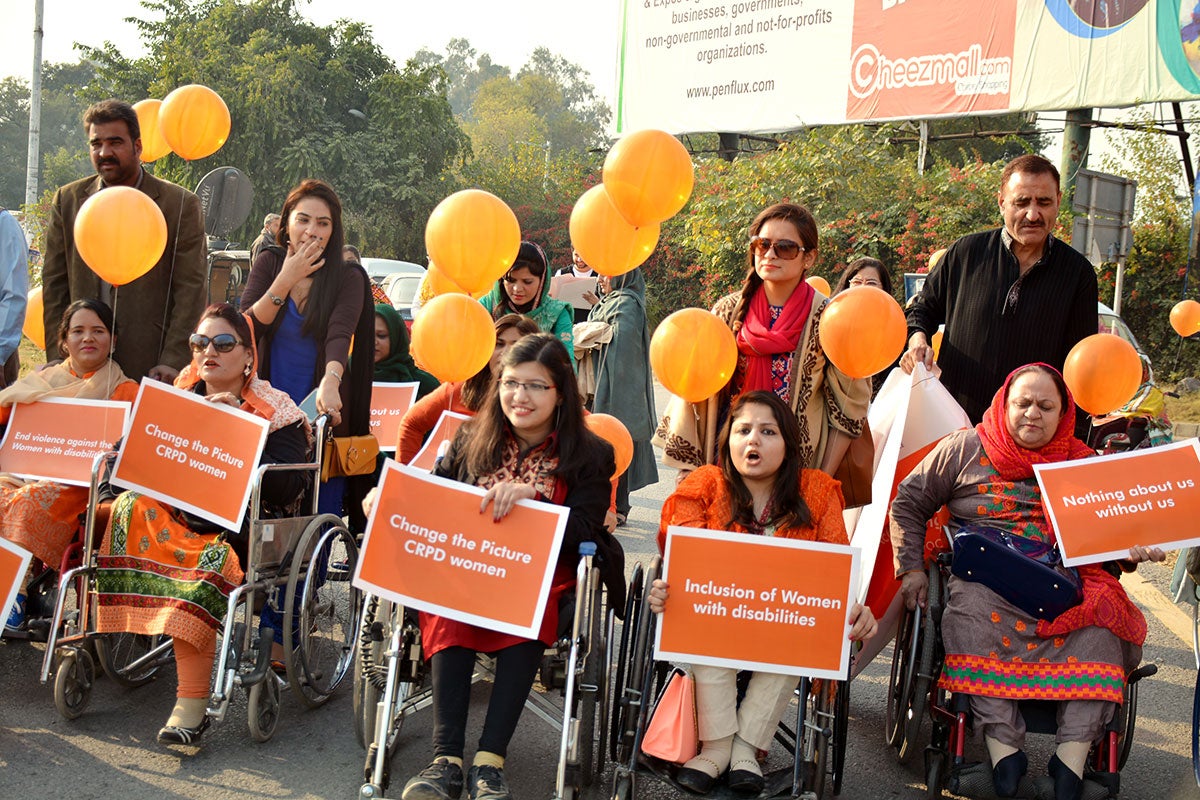
1. Centering women and girls living with disabilities
It is critical for policymakers and all stakeholders to ensure that women and girls with disabilities have space to act and advocate on their own behalf.
These women and girls know first-hand the challenges and obstacles they face. And yet, women and girls with disabilities are often not included in the advocacy and policy-making that directly affects them, or they are involved in tokenistic ways.
By keeping women and girls central to the design, implementation, and monitoring of policies aimed at eliminating violence against people with disabilities, policymakers can ensure that these programmes are effective and reach those in need.
This will also help confront the misperceptions that women and girls with disabilities cannot make decisions on their own or engage in civic participation—misperceptions that fuel violence, invisibility, and reduced social status, and also limit solidarity among women and girls with disabilities.
2. Challenging harmful stereotypes
Conscious or unconscious ableism can be deeply embedded in institutions, systems, or the broader culture of a society.
Even organizations that work to end violence against women may be unaware of underlying attitudes and assumptions in their work that disadvantage women and girls with disabilities. Entrenched misperceptions of passivity, inability, dependency, and helplessness can also intersect with social norms about women and girls, creating a vicious cycle of exclusion.
Governments, non-governmental organizations, activists, and all stakeholders must confront their own biases, and ensure that women and girls with disabilities are seen in their full humanity—and are not infantilized or marginalized.
The best way to do this is to circle back to strategy number one—ensuring that women and girls with disabilities have a say in policies that affect their lives. Or as one slogan of the disability rights movement puts it: “nothing about us without us.”
3. Addressing the root causes of violence
Legal and policy systems should address the root causes of gender-based violence and discrimination affecting women and girls with disabilities, such as social isolation and stigma.
States should ensure that people with disabilities have equal access to social protection schemes, paid care work, poverty reduction programmes, education, and other forms of support. These programmes must take an intersectional approach, noting that women face overlapping challenges.
Governments, employers, and other stakeholders—including organizations of persons with disabilities—should ensure that people with disabilities are not segregated from society. Whether as students, workers, or the elderly, women and girls with disabilities should be integrated into the societies in which they live.
Working with parents of children with disabilities can help build the parents’ awareness of the challenges they may face, and how to create a loving, empowering, and accepting environment.
By reducing isolation and stigma, and addressing discrimination, women and girls with disabilities can live safer, more fulfilled lives.
4. Fostering partnerships and collaboration
Government entities such as ministries of health, social policy, and education should collaborate closely with civil society organizations, including organizations of persons with disabilities, and other stakeholders to ensure that women and girls with disabilities are reached by the services they need.
Organizations, institutions, and networks involved in ending violence and addressing discrimination against women and girls should actively seek to partner with groups that serve people with disabilities, both as a way to include disability rights in the larger gender-based violence agenda, and as a mutually beneficial learning experience on the complexities of the intersection of gender, disabilities and violence.
5. Making sure programmes match women’s needs
Women and girls with disabilities are a diverse group of people, living in a wide range of contexts. Policies that seem perfect on paper may falter when rolled out in the real world, as they could fail to take into account the specific challenges faced by individual women and girls.
For example, all women—but especially those with disabilities—bear a disproportionate share of unpaid care responsibilities, limiting their access to economic opportunities. Care systems must be able to respond to the specific needs of women with disabilities to promote their economic security.
Legislation on care and all other topics should be reviewed to ensure that the full rights of people with disabilities are recognized. Laws must consider the specific experiences and needs of women with disabilities, and address all forms of violence they face, such as physical, sexual, psychological, and economic abuse.
With these five strategies in mind, policymakers, civil society organizations, organizations of persons with disabilities, and all other stakeholders can keep women and girls with disabilities at the centre of their programming on ending gender-based violence.
This 30th anniversary of the Beijing Declaration presents an opportunity to strengthen action on ending discrimination and violence against all women and girls with disabilities. Everyone, regardless of their gender, with or without disability, has a right to live free from violence and discrimination.


